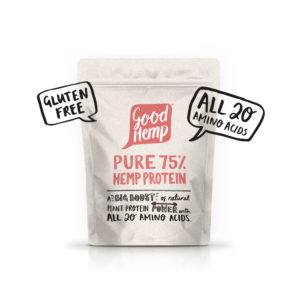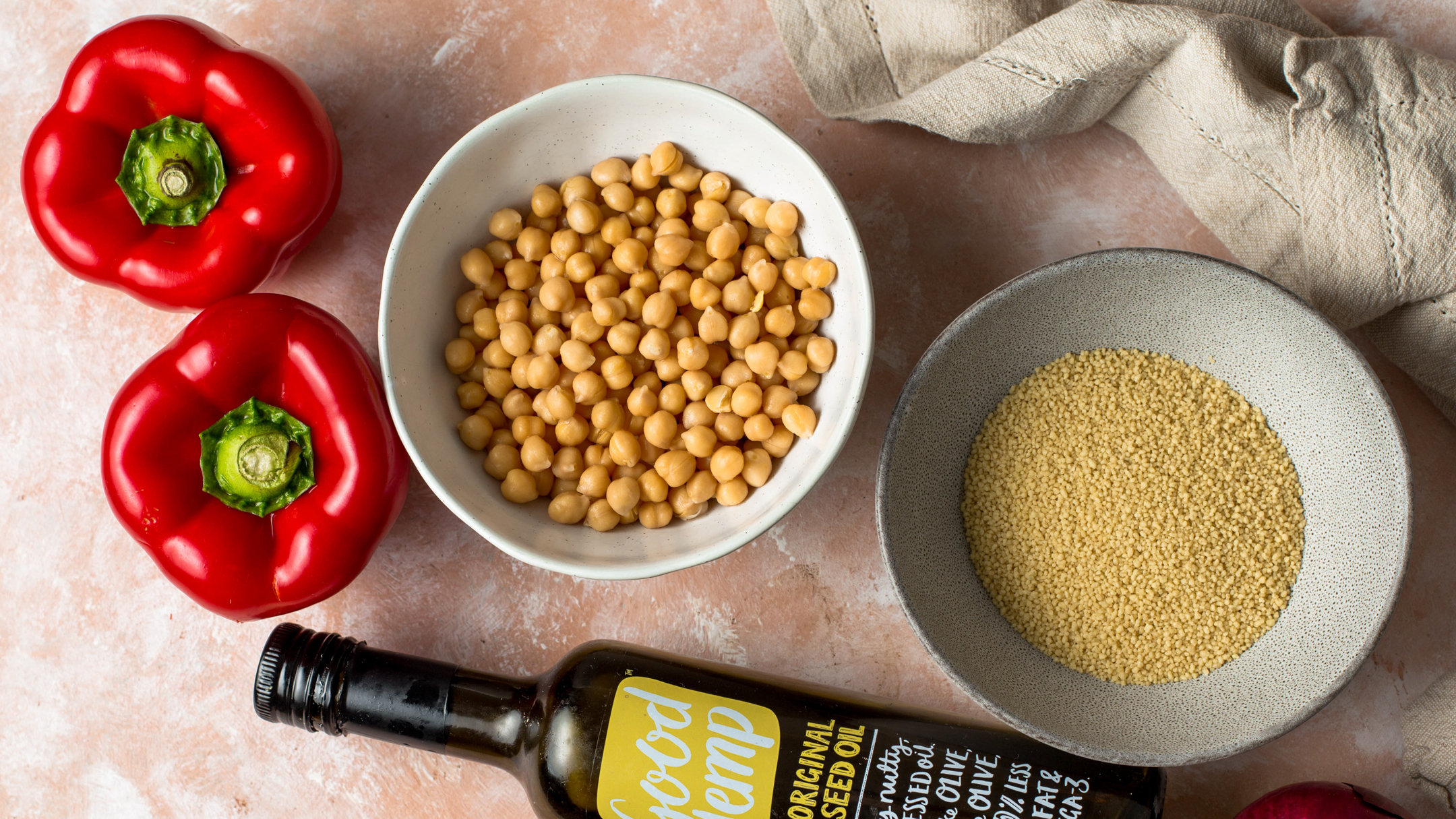7 Ways to Fight Food Waste at Home
New motto: don’t waste your time or your food. If the last year has taught us anything it’s that time is precious, but so is food. And perhaps a good habit we might have learned is not to ignore the ingredients in your fridge and cupboards for want of shiny new things from the supermarket.
It’s easy to bin leftovers, forget about that onion or neglect wilted lettuce leaves that lay limply in the back of your bottom drawer. But the word is that we bin about 10 million tonnes of food every year, and half of that would have been perfectly fine on our dinner plates.
Zero waste cooking is better for the planet and your bank account (anyone else ignoring Monzo’s notifications?). Whether it’s refilling your beans at a zero waste stores – bonus points for canvas produce bags – or saving scraps to make a stock, we’ve put together a few tips on keeping good food out of the bin. Saved your scraps and don’t know to do with them? We asked Cat Sarsfield, creator of one of our favourite foodie newsletters, Since No One Asked, for one of her recipe-not-recipes.
1. LOVE YOUR LIST
Not just an effective procrastination activity, shopping lists save time, money and a lot of neglected veg going to landfill. If you’re not obsessed with checking your fridge already, jot down items as they run out or take a photo of your shelves before you pop to the shops. Before you buy shiny new ingredients, think about how you can adapt to what you already have.
2. CHOOSE WONKY VEG
As much as 40% of fruit and veg is binned before it leaves the farm, never mind reaching the back of your fridge. Why? Because it’s apparently not pretty enough. Put taste before looks by buying from supermarkets’ ‘ugly’ ranges, visiting farmers’ markets or signing up for an ethical delivery service like Oddbox. Other brands such as Rubies in the Rubble and Dash Water rescue imperfect produce in their products.
3. EXTEND THE SHELF LIFE
Keep produce fresher for longer by placing stems of celery, broccoli and asparagus in water, or lining a container with a damp j-cloth for herbs and salad leaves that last as long as a few weeks. And a quick bath in diluted vinegar (one part to three parts water is the sweet spot) keeps mould at bay on berries.
4. REGROW FRUIT & VEG
For most veggies, simply cut off the root end and pop it in a shallow bowl of water in a sunny spot. Refresh the water daily and eventually roots and shoots will appear. Spring onions and lettuce can be fully regrown in water. Wilted lettuce leaves that can’t be saved? Drizzle with oil and grill them instead.
5. MAKE STOCK
Before your peelings, outer leaves, carrot tops and herb stalks go into the compost bin, squeeze out every last drop of flavour and goodness in a batch of stock. Put a reusable container in your freezer to load with scraps, and when it’s full, simmer for an hour with aromatics like bay leaves and whole peppercorns.
6. USE HEMP
Fighting food waste is as much about making planet-positive choices as cutting back. No surprises here: we love hemp. Every part of the plant can be used in food, cosmetics, clothing and more. Better yet, hemp needs little water and no nasty pesticides to grow, trumping other dairy alternatives like soy and almond milk. And best of all, it doesn’t split in your cuppa.
7. LOVE YOUR LEFTOVERS
Cereal and hemp milk for breakfast, yes. But also embrace living your adult life and start your day with leftover rice (great with avo and sriracha) or pre-cooked veggies in a chickpea pancake. Food-sharing app Olio is a good option when you’ve got more leftovers than you know what to do with.
BROTHY BEANS ON GARLIC TOAST BY CAT FROM SINCE NO ONE ASKED
SNOA is Cat’s weekly (ish) newsletter about food, friends and heartbreak, except unmeasured recipes, plenty of pasta, anonymous love letters to toxic exes and a lot of chat about Cat’s love of salt (who can’t relate?). recipe-not-recipe (seeing as it’s all about the leftovers) that involves shunning Heinz for brothy beans on toast.
“I’m always tempted by the shininess of new ingredients (and a trip to the grocery store – the equivalent of going out-out in 2020), but I know I can always whip something up with the ends and leftovers in my fridge. I buy beans in bulk and often spend Monday mornings simmering a big pot while working (don’t let anyone say your 30s aren’t wild).
“This recipe-not-recipe uses up scraps and stock to make a pot of brothy beans that will last a whole week and tastes better than a tin of Heinz.”
- Place 1-2 cups of beans (any) in a big pot with 2-3 cups of stock (if you’ve made it; if not, water with a generous pinch of salt is great)
- Add any leftover garlic you have (including the skins), chopped in half, both halves in.
- Got ½ an onion leftover? Check that in too. Chopped up tops of leeks are great here for that allium flavour.
- Herb stalks from the freezer? Anything like coriander, parsley or dill. Maybe a woody herb like rosemary that you’ve been harbouring in the colder climes – a few sprigs will do.
- That ½ lemon that’s not looking too fresh? As long as it’s not mouldy, chuck that in, too.
- Next- a heavy grind of pepper, a big pinch of salt and a sprinkling of red chilli flakes, then pop the lid on and turn the heat up until it simmers.
- Turn the heat down, keep the lid on and check on it intermittently, given the beans a stir, making sure there’s enough liquid. It should take about 1 ½ hours, but it depends on how crunchy you like your legumes.
- Fish out the garlic and squeeze the skins so you’ve got soft garlic cloves. Spread onto toast. Or if you’ve not got any bread, save the garlic and add to a humous or pesto next time you whizz one up.
- Feel free to serve up on toast with a spoon of homemade pesto (carrot tops are a good zero waste option here), a dollop of yoghurt, a drizzle of Good Hemp oil and some lemon zest (unless the last of your lemon went in the pot).


